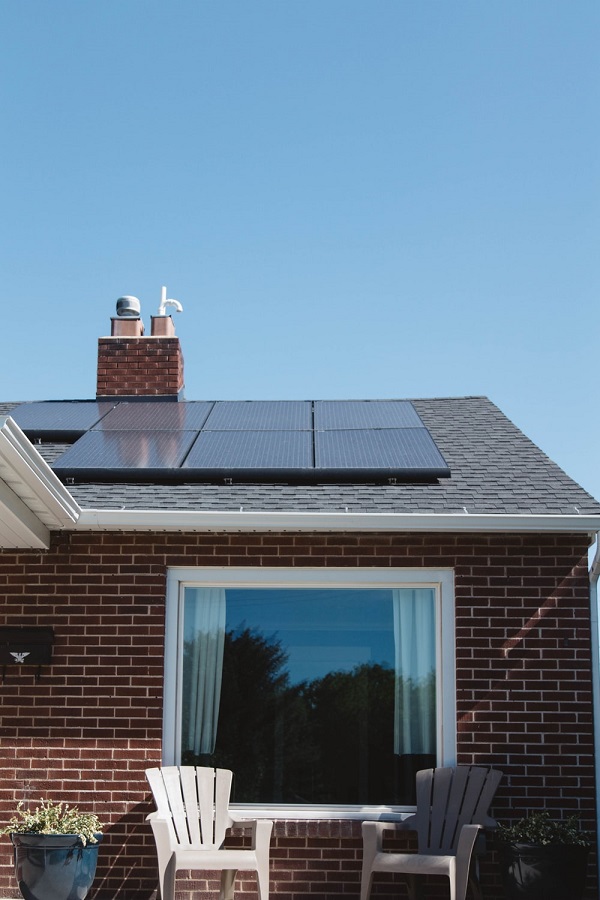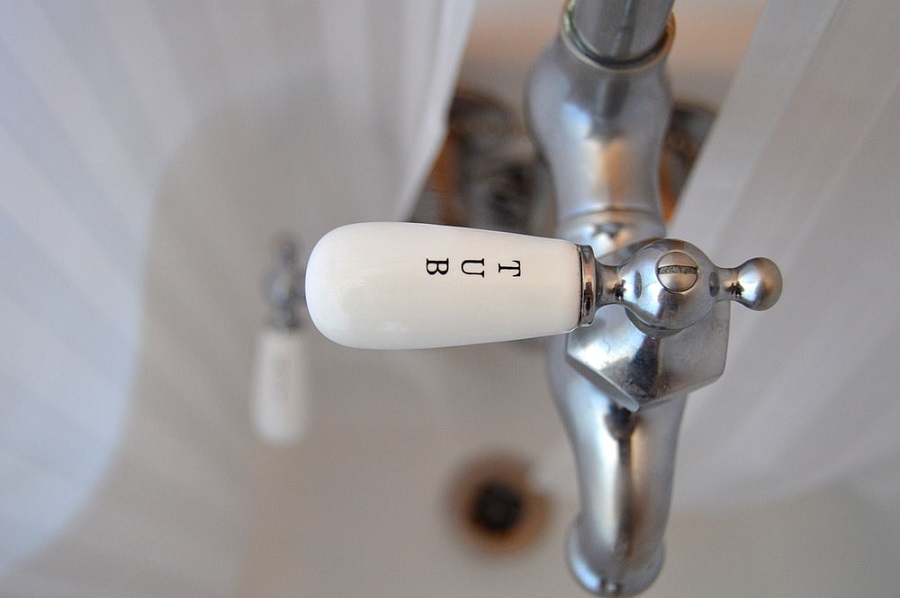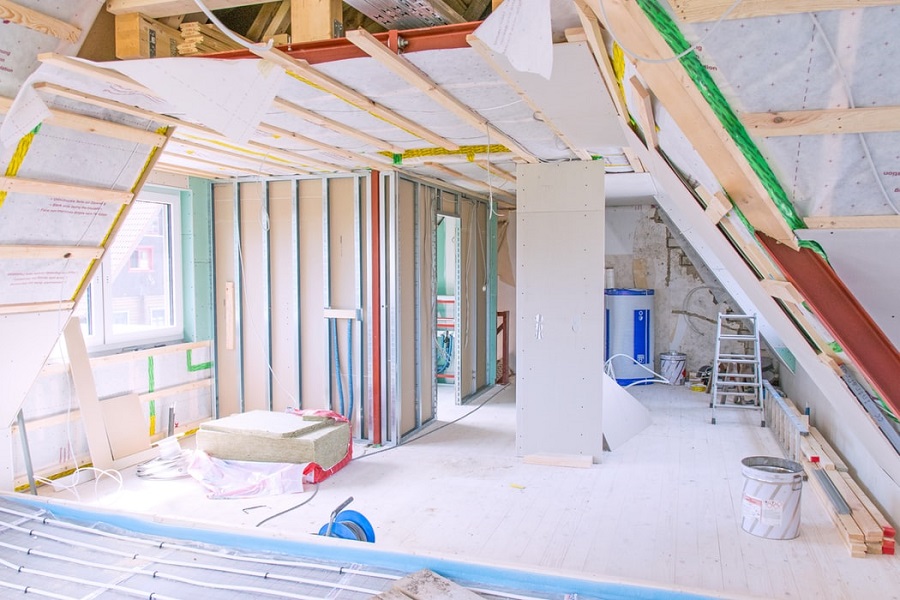Last updated on
You don’t need to be an environmental scientist to know that something is terribly wrong with the state of the planet and that something will have to change. And that change will have to start with all of us. More people than ever are now conscious of their impact on the environment and are making concrete changes to reduce their carbon footprint and dependency on fossil fuels. They’re also making decoration and construction choices that are sustainable. If you are ready to do your part and make your home more eco-friendly, here are a few things that you can do.
What's Inside
Go Solar

Going for solar panels might be one of the best investments you’ll ever make. Not only will you be able to harness power from a totally sustainable form of energy, but you might be able to satisfy most of your energy needs from a free source. As a matter of fact, it has been estimated that most solar power systems start to pay for themselves by the eighth year.
Solar panels are an especially great choice for a place like Southern California, where a combination of great weather and state-level incentive programs make them a perfect option. The region also has some of the best providers in the country with years and years of experience.
Using the right panels and the right storage solution could allow you to not only make savings but also sell some of that energy by feeding it back to the grid. So, this is both a potentially lucrative and environmentally sound option. It doesn’t have to look ugly on your house too.
Cool and Heat Your House Better

It is estimated that heating and cooling your house alone could make up for up to 50% of your monthly energy bill. If you find ways to control that consumption and combine that by using a renewable and free source of energy like solar, you could end up only using the energy from your solar system.
One of the things you could consider is adding an MVHR system into your home. MVHR stands for mechanical ventilation heat recovery and allows you to use the ambient air in your house to condition air coming from the outside.
How it works is that it processes either hot or cold air coming from outside and passes it through an air exchanger. This is where it is mixed with air that was heated or conditioned being expelled out. This technology could not only help you save tons on heating and air conditioning but could also significantly improve the quality of air in your house.
You should also make sure that you maintain your air conditioning and heating units. You should always make sure that the filters are cleaned and changed regularly. You should also consider getting programmable thermostats throughout the house. This will allow you to regulate temperatures for when no one is at home or during nighttime. If that’s too much of a change for you, know that lowering your thermostat’s temperature by 5°F could allow you to save as much as 10% on your heating bills.
Go Tankless

Another great addition that you could implement is to go for a tankless water heater. What’s great about these units is that they generate hot water on tap, so not only do they not require tons of energy to keep the tank hot, but you will never have to worry about the hot water running out.
However, know that these have their limitations. A regular tankless water heater, for instance, won’t be able to handle multiple needs at once. If someone needs to take a shower at the same time as you’re trying to do the dishes, it won’t be able to supply both. However, this can be fixed by using a multi-point of use tankless water heater, though they might cost you more. If you live alone or have a small household with minor needs though, a regular tankless unit will be more than enough.
Insulate and Seal Your Home

Another thing you should do is to make sure that your home is properly insulated and sealed. This is especially so if you rely a lot on heating and live in a cold climate.
It has been estimated that a homeowner whose ducts are not properly sealed could end up spending as much as 30% more on heating and cooling. So just making sure that ducts moving through unconditioned areas like attics have no leaks could make a huge difference.
As a matter of fact, if there is one area where you should pay the most attention when it comes to leaks, it’s the attic. Since hot air tends to rise, the attic is where a lot of leakages occurs. Plug holes where walls meet floors, around dropped ceiling areas, and under knee walls. Also, look if you see any dark patches or spots in the insulation. If you see any of those, that could mean that is being pulled from these areas, causing dirt and debris to accumulate. Frosty spots during the winter due to inside condensation could also be signs of leaks behind the insulation.
The best thing about this is that these are all things you can do yourself. You could call an auditor from an association like InterNACHI who will help you identify all places where you may be having leaks. This can include things like fireplace dampers, window frames, baseboards, electrical outlets, and receptacles, or even a mail slot.
Add a Set of Awnings

Awnings are also a great addition that you could make to any house and will allow you to save energy as well. For one, depending on where they’re installed, they could allow you to temper certain parts of the house that get more sun during the summer and reduce your AC needs. In the summer, the same awnings can be retracted to allow you to get some of those sun rays.
In addition to being great for regulating temperature, they make any deck look more stylish and functional.
Watch Out for VOCs

Few people know about VOCs, but everyone, especially with developing children, should know what they are. VOC stands for volatile organic compounds, and they are known for causing both long-term and short-term effects on health.
Things like Varathane, which are used to resurface wooden floors, are very high in VOCs and this has been linked to developmental issues. So, if you’re going to be using something like this in a child’s room, know that you’ll have to wait until the varnish has completely cured, meaning that all the VOCs have evaporated. This could take anywhere from a week to a month depending on ventilation and weather conditions, so be prepared for that.
Making your house more eco-friendly can be a matter of only making a few minor changes, or rethinking your energy sources and needs. Make sure that you consider all of these options and always look for a way to both reduce your energy consumption and reliance on energy sources.




